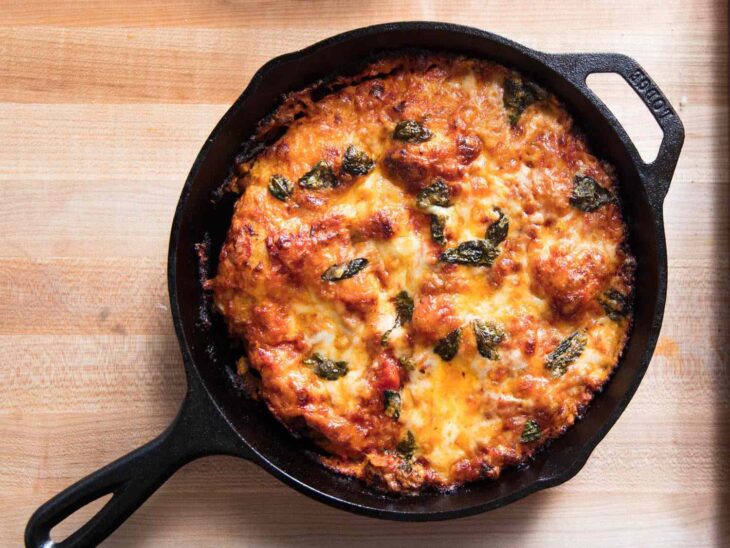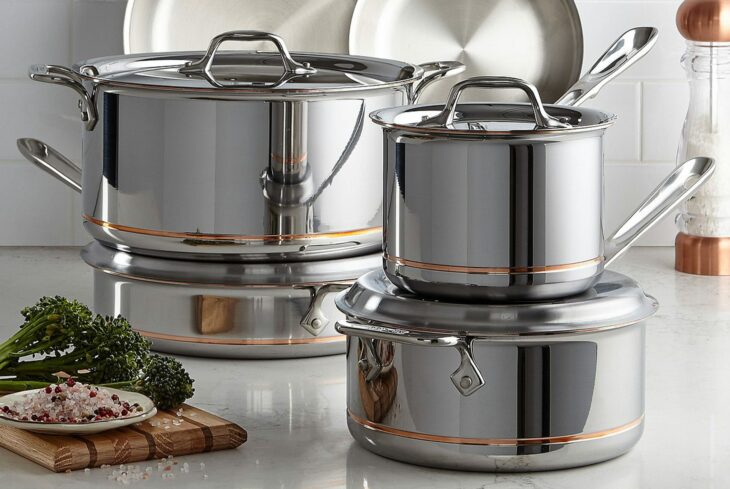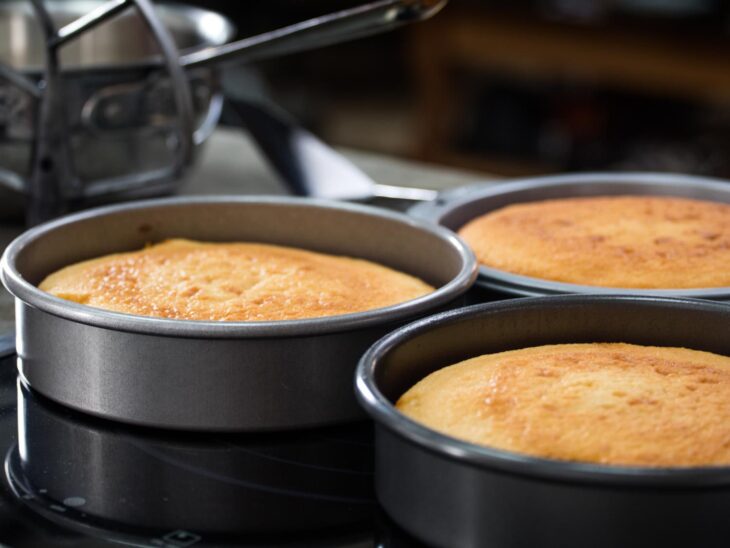The right cookware can change the way you cook and make your culinary experience more fruitful. When it comes to cooking different dishes, you will need to buy the right pan as per the dish you are making. This article will tell you about the right pans for different types of dishes. So read on to know the different types of pans needed in every home to make your culinary experience as rich as possible.
Contents
Be Aware of Different Materials
Different materials are available in the market which will be suitable for different types of cooking methods. There is no one pan that fits all kinds of situations so try to be aware of the extent of use of each material so that you can choose accordingly. Here is the list of all the materials that you must look into before choosing the right pan:
- Aluminum is a good choice because of its great heat conduction and anti-corrosion properties. Aluminum-clad stainless steel is another great option if you want the benefit of aluminum. Anodized aluminum pans are also great because they have the added advantage of being scratch-resistant.
- Copper and stainless steel pan options are perfect for heat conduction and used for different types of cooking.
- Carbon steel pans are induction ready which makes them versatile.
- Ceramic and glass pans are not very prevalent in every home, but if you want to make casseroles, then this is the best option.
- Cast iron pans are also pretty common in kitchens, but they have two different types. Choosing bare cast iron is perfect for baking. In contrast to the high heat cooking of bare cast iron, enameled cast iron is used for low heat baking as well as cooking.
Know How Thickness Works

Source: seriouseats.com
The thickness of a particular pan is directly related to its durability as well as effectiveness in heating the ingredients evenly. Usually, anyone experienced with cooking tries to choose a pan with a thicker base. Both thinner and thicker bases have different pros and cons, which is why choosing either of them should be dependent on the use you have in mind. If you are confused about the thickness, always go with the thicker option because thinner pants lose heat faster as compared to thick-based pans.
Know the Pros and Cons of Non-Stick Pans
Whether or not you are into cooking, you must have heard of non-stick pans. While these fans seem too good to be true, there are some downsides that are important to understand. If you are going to be using the frying pan for basic cooking, then you will end up using less butter and oil and will save on clean up time.
But when we talk about drawbacks, one of the major factors is the flakiness of the non-stick coating, which will chip away over time. Another major drawback is that the moment the non-stick coating is scratched, you have to replace it because the food can be compromised. Non-stick pans are also not suitable for high heat cooking because they can trigger faster deterioration.
Know the Different Handle Types
The handles of frying pans are made so that they do not conduct heat and burn your hand while you are cooking. Usually, silicone covering on handles is preferred for less heat conduction. Looking at the handle before buying a pan will also give you a fair idea about the cleaning time and the convenience of using the grip. Using silicone handles, however, is sensitive to temperature, so make sure you take that into account.
Choose Right For Specific Cooking

Source: gearpatrol.com
Different types of pans are suitable for different types of cooking, so the material, shape, and heat conduction will matter accordingly. You can get great pans at websites like grillen-kochen-backen.de. Here are some of the major options dependent on different cooking types:
For Casseroles
Casseroles require an even spread of heat without causing any material to dry or burn. If you are planning on making casseroles and try your hand at baking specifically this dish, then go with ceramic pans. They gain and lose heat slowly as compared to their metal counterparts. As long as the casserole has pasta and cheese in it, you can rely on a ceramic pan.
Searing
When it comes to high temperature cooking, no pan does it better than cast iron options. Searing vegetables or stakes will be perfect on cast iron pans which does not translate to aluminum or stainless steel counterparts.
Braising
Enameled cast iron pans are made with a very specific type of cooking in mind. Since these pans are enameled, they gain heat slowly and spread it evenly. So these are perfect for low heat cooking, which includes braising, making stew, or baking bread.
Baking

Source: seriouseats.com
Aluminum is the perfect metal for high heat conduction, so anything related to baking happens on aluminum sheets. With the exception of casseroles, you can make any dessert that requires high heat conduction and retention. A thicker pan is always more preferable than a thinner one so that it does not burn the base of your desserts.
Sautéing
Stainless steel tri-ply from pans are perfect for a range of cooking methods that include sautéing, simmering, or searing. This will be your perfect pick when you are cooking any kind of dish because of its versatility. This type of pan is lightweight and highly durable, which is why it is a must-have in every home.
The Takeaway
There are a wide variety of options available in the market when you are looking for the right pan. The right pan can make all the difference, so choosing the right option should be a priority. With that being said, different cooking approaches require different cookware, which is why you need to be aware of the materials and the thickness of the base. We hope these tips helped you understand all the important aspects you need to look for in the right pan for your home.
